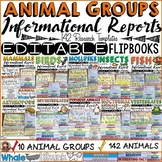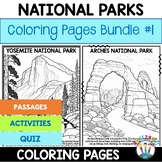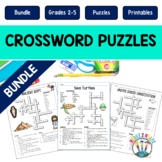694 results
Chemistry homeschool curricula under $5
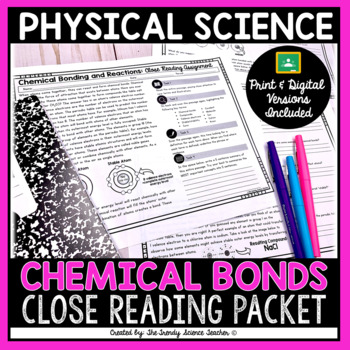
Chemical Bonding and Reactions Close Reading Assignment (Print & Digital)
Integrate LITERACY and SCIENCE with this Chemical Bonding and Reactions CLOSE reading passage! This resource is great to use as an introduction to Chemical Bonding and Reactions or to use as review and reinforcement over already taught content. The entire 3-page packet is a NO-PREP, PRINT AND GO set, making it perfect for a substitute assignment. Need a digital option? No problem! I have included a print and digital version of this resource, making it perfect for distance learning, flipped class
Subjects:
Grades:
6th - 9th
NGSS:
HS-PS1-1
, MS-PS1-2
, HS-PS1-2
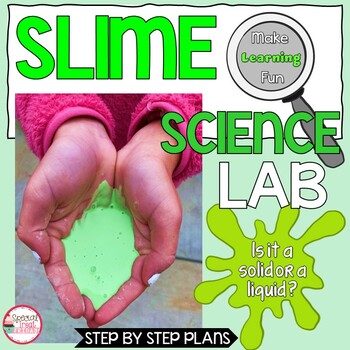
Science Experiments with Slime Oobleck Science Lab Experiment
What kid doesn't love making and touching slime?! This Oobleck Slime Science Lab will introduce your students to the Scientific Method as well as gain excitement for Science through slime. #FSSparklers23With slime being all the rage with kids these days, Oobleck fits right in, plus it is so easy and cheap to make.Your students watch YouTube videos on how to make slime, they convince their parents to buy the ingredients and attempt to make it at home. Why not do a Science Experiment with slime?
Subjects:
Grades:
1st - 2nd
NGSS:
2-PS1-1
, 2-PS1-2
Also included in: Science Lab Bundle
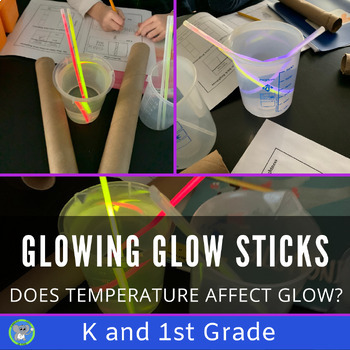
Glow Stick Light Experiment | Grade K 1 2 Chemical Reaction Science Activity
Excite students by investigating how temperature affects the brightness of glowsticks. This experiment uses simple supplies and includes detailed directions to guide the teacher and students. NGSS Aligned, fun, and perfect for Halloween.Students will follow the scientific method to answer the question:Does temperature affect the brightness of a glow stick? The journal meets the K-2 Science and Engineering Practices in NGSS.Teachers will like its’ ease of use, simple materials, and background inf
Subjects:
Grades:
K - 2nd
NGSS:
K-2-ETS1-3
, 1-PS4-2
Also included in: Chemical Reaction Bundle | The Science Of Glow Sticks | Light Activity
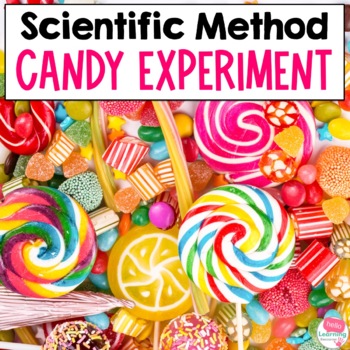
Scientific Method Activity | CANDY
Scientific Method and Candy-use the scientific method to learn about chromatography, pH, acidity and solubility.This resource includes three (3) great experiments using candy that follow the scientific method and teach the scientific concepts of:*chromatography (pigments, capillary action, mobile phase, stationary phase and retention factor)*pH levels *acidity*solubility (solvents, solutes, solutions and molecular movement)Each experiment can be done in a more guided environment or more inde
Subjects:
Grades:
4th - 6th
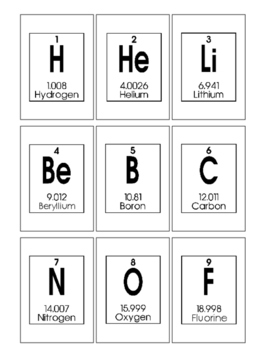
118 Periodic Table of Elements Flashcards. Homeschool Science and Chemistry.
One set of our Specialty Flash Cards in a single PDF file.Here is what you get!118 Periodic Table of Elements Flashcards. Prints 118 flashcards and 1 title card. Prints 14 pages.Please see our other items in our store. We offer full sets of curriculum for preschool aged children. Have a wonderful day!
Subjects:
Grades:
PreK - 12th

Chemical Reactions Glow Stick Science | Investigate Light | Grade 4 5
Excite students by using glowsticks to investigate chemiluminescence and the speed of a chemical reaction. This experiment uses simple supplies, includes detailed directions to guide the teacher and students, and creates a memorable experience. NGSS Aligned, fun, and perfect for Halloween.Students will discover chemiluminescence and the speed of a chemical reaction. They will follow the scientific method to answer the question: Does temperature affect the brightness of a glow stick? The journal
Subjects:
Grades:
4th - 6th
NGSS:
5-PS1-3
, 3-5-ETS1-3
, 4-PS3-3
, 5-PS1-1
, 4-PS3-2
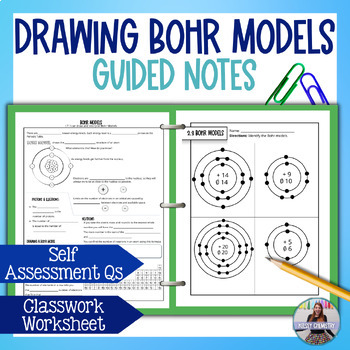
Drawing and Identifying Bohr Models Guided Notes Lesson and Worksheet
In this lesson, students will learn how to draw Bohr models and identify Bohr models. Students should already know how to determine the number of protons and electrons in an atom using the periodic table. This lesson will teach how to determine the number of neutrons in an atom from the mass number. Students will also learn how to organize electrons into principal energy levels using a periodic table to draw proper Bohr models. Download the preview file to get a look! WHAT'S INCLUDED?Thought
Subjects:
Grades:
9th - 12th
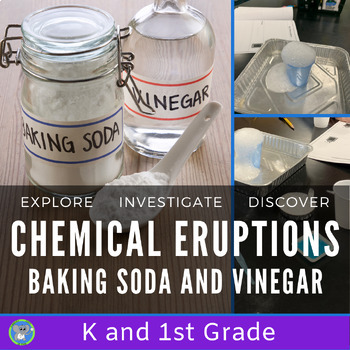
Baking Soda and Vinegar Science Experiment | Cause and Effect Activity
Introduce students to the scientific method with a super fun and easy-to-set-up chemistry lab. Designed specifically for the younger grades with a focus on the cause and effect of soap on the classic baking soda and vinegar lab. You will hear lots of oohs and ahhs with this memorable lab.Included in the Hands-On Investigation and Teacher Guide:Correlation to the *Next Generation Science Standards: K-2 Science and Engineering PracticesBackground InformationTeacher Tips5 Page Students Journal w
Subjects:
Grades:
K - 2nd
NGSS:
K-2-ETS1-3
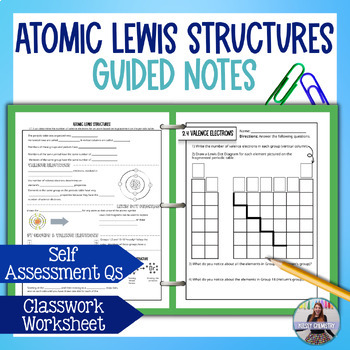
Valence Electrons and Atomic Lewis Structures Guided Notes Lesson & Worksheet
Students learn how to determine number of valence electrons and draw Lewis dot diagrams for atoms that are unbonded. Students should already how to read/draw Bohr diagrams. Students will learn the advantage of Lewis diagrams. Periodic table is used to determine the number of valence electrons. This is taught using the "imaginary box" method. I call this the "training wheels." Students will imagine there's a box around the element symbol and put electrons around the box, circling around it to e
Subjects:
Grades:
9th - 12th
NGSS:
HS-PS1-1

Mystery pH Scale Lab
In this fun lab, students use pH paper (or probes) to identify the pH of nine mystery substances.
There is a full page of background provided, safety section, materials list, procedure, data tables, and four followup questions. Also comes with student printout and teacher edition with tips and question answers! Includes different options for mystery substances.
A great environmental real-world follow-up is the Ocean Acidification Lab.
Subjects:
Grades:
7th - 11th
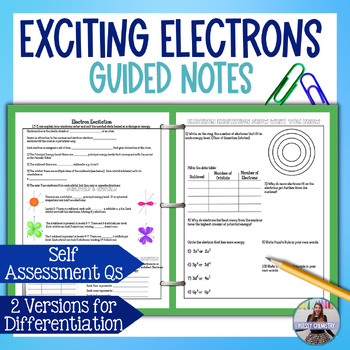
Exciting Electrons Guided Notes Lesson - Excited State, Ground State, Flame Test
The Bohr model and excited vs. ground state is very tough to understand. In this electron excitation lesson, students are taught by an analogy of electrons filling an empty apartment building called Quantum Estates. The elevator is broken, so the electrons move into rooms and must use the stairs. It helps to reinforce that electrons exist closest to the nucleus (Aufbau principle) and that they only double up when they have to (Hund's rule).WHAT'S INCLUDED?5 E's lesson planLink to video lessonTh
Subjects:
Grades:
9th - 12th
Also included in: Flame Test, Spectral Lines, Quantum Estates | Electron Excitation Bundle

Electron Configuration Lesson and Guided Notes
This lesson teaches electron configuration using the diagonal rule. Students will be able to write electron configurations using the diagonal rule, identify atoms from their electron configurations and identify excited and ground state configurations. This lesson does include the concept of the D-shift and F-shift. Electrons fill lowest energy to highest, and therefore the numerical energy levels don't always go in order. Download the preview file to get a look! WHO IS IT FOR?This lesson is pe
Subjects:
Grades:
9th - 12th
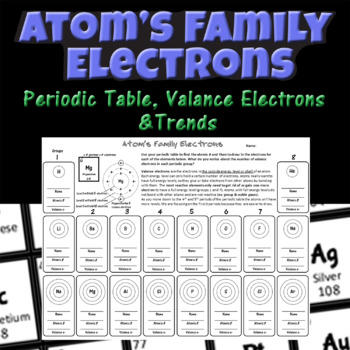
Periodic Table and Electron Configurations
Valance electrons play a big role in an element’s reactivity and its place in the periodic table. Students will draw model atoms showing their placement in the periodic table. This will allow them to see a trend in the number of valance electrons in each periodic group and why certain groups are more reactive than others. Doing this gives students a clear picture of some very important periodic trends. What’s IncludedStudent “Atom’s Family” worksheet with a mini lesson on valance electrons. Stud
Subjects:
Grades:
5th - 9th
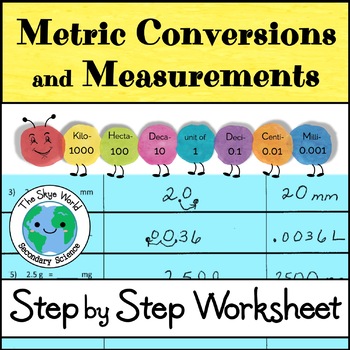
Metric Conversions and Measurements Worksheet
This worksheet will prepare students to solve simple problems including metric conversions calculations. By completing this activity, 8th and 9th grade science students will learn how to calculate metric conversions problems. Included skills:Simple problems to introduce metric conversions calculationsStudents solve problems using the variables mass, distance, and volumeMetric units used in every problem including meters, grams, liters, and moreTeach students to show their work step by step with
Subjects:
Grades:
8th - 10th
Also included in: Metric System Bundle of Lessons - includes several digital activities
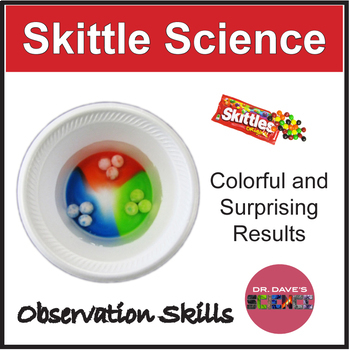
Skittle Science Hands on Activity
A colorful activity with a surprise that fosters observational and critical thinking skills. Science topics include solubility and sinking and floating. All the science behind the observations are explained so that the teacher can facilitate meaningful discussions. Includes a diagram sheet where students can draw their observations as well as a result table where the observations can be written. You also get a bonus worksheet where students total the number of each color of Skittles in one packa
Subjects:
Grades:
2nd - 7th
Also included in: Bundle of Fun Science Activities and Experiments!
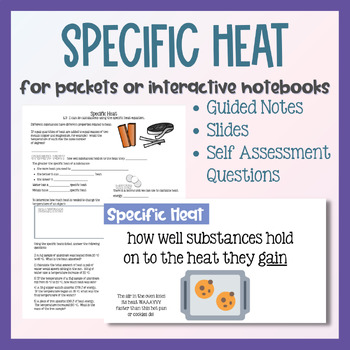
Specific Heat Capacity Lesson and Guided Notes
This lesson teaches that specific heat is how well substances hold on to the heat that they gain - not that typical, scary chemistry jargon. The focus is on comparing the high specific heat of water to that of the metals. Download the preview file to get a look! FEATURESGuided notes that have students listening to you instead of writing notes.Opt to use slides for all students and guided notes only for differentiation.Accurate diagrams, so students don't have to rely on their art skills to lea
Subjects:
Grades:
9th - 12th
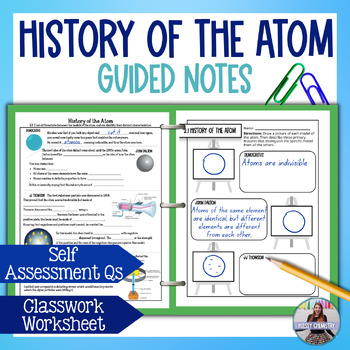
Models and History of the Atom Guided Notes Lesson and Practice Worksheet
This lesson offers an overview of the history of the atom highlighting a few prominent models of the atom. Students will begin with Democritus and the first atomic model and learn John Dalton, JJ Thomson, Rutherford, Bohr and lastly the modern model of the atom. Download the preview file to get a look!WHAT'S INCLUDED?1 Lesson PlanThought provoking Question of the Day23 Powerpoint Slides in 3 different styles: Whimsical, Classical & Dark ModeLinks to Copy Google Slides2 Versions of notes:
Subjects:
Grades:
9th - 12th
NGSS:
HS-PS1-8
, HS-PS1-4
, HS-PS1-2

Thanksgiving Polymer Food Science Chemistry Lab: The Cranberry Sauce Challenge
This Thanksgiving Food Chemistry lab is the perfect way to tie in some Thanksgiving science while letting your students get their hands wet in the lab and learn about polymers! Have your students design their own lab to create the best, most stable gel in this cranberry sauce challenge. Background chemistry about pectin and how it stabilizes cranberry sauce and other jams and jellies is included as well as the definition of a polymer, polymer science and cross-linking. Students choose from mu
Subjects:
Grades:
9th - 12th
NGSS:
HS-PS1-3
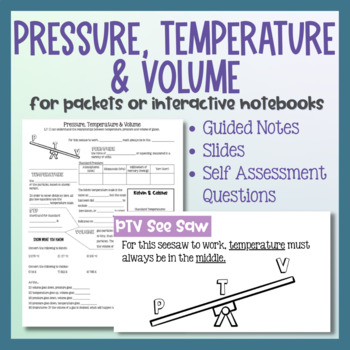
Gases Pressure, Temperature, Volume Relationships Lesson and Guided Notes
This lesson teaches the relationships between temperature, pressure and volume of gases. It is the perfect preparatory lesson for the combined gas law and ideal gas law. Using the PTV see-saw, students learn the relationships (temperature must always go in the middle for the see-saw to work).This lesson also teaches the conversion of Celsius to Kelvin. For my students, this is the first time I teach it, since Kelvin is pertinent to the gas law equations. Download the preview file to get a look!
Subjects:
Grades:
9th - 12th

Separation of Mixtures Lesson and Guided Notes
This lesson teaches students six methods for separation of mixtures: distillation, chromatography, precipitation reactions, separatory funnel, evaporation, and filtration. Students should have a strong understanding on the types of mixtures for this lesson. Download the preview file to get a look! FEATURESGuided notes that have students listening to you instead of writing notes.Opt to use slides for all students and guided notes only for differentiation.Accurate diagrams, so students don't have
Subjects:
Grades:
9th - 12th
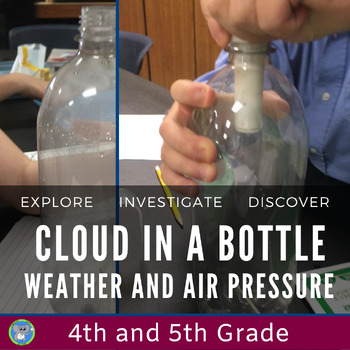
Weather Air Pressure Activities | Cloud In A Bottle Science Experiment | Gr 4 5
Expand your weather unit by creating a cloud in a bottle. This is an excellent addition to your earth science and states of matter units. A complete teacher guide and student worksheets will help them apply the scientific method and write evidence-based conclusions, creating an engaging and memorable experience.Students will use the scientific method to answer the question:Does the amount of pressure affect the formation of a cloud in a bottle?Students create a hypothesis, follow the procedures,
Subjects:
Grades:
4th - 7th
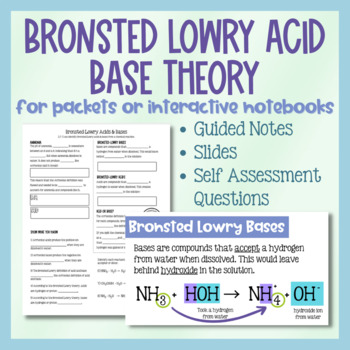
Bronsted Lowry Acid Base Theory Lesson and Guided Notes
This lesson offers expands the Arrhenius definition of acid and base to now include the Bronsted Lowry definition. There is no search for conjugate pairs in this lesson, but instead, students are asked to look at the "before and after" of a chemical and evaluate whether it has lost or gained a hydrogen atom. From there they make the acid or base determination using the prefix BAAD. Bases accept, acids donate. Download the preview file to get a look! FEATURESGuided notes that have students list
Subjects:
Grades:
9th - 12th
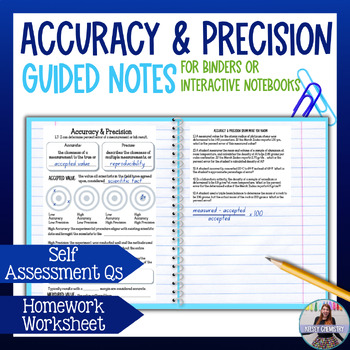
Accuracy and Precision Lesson and Guided Notes
This accuracy and precision lesson teaches the difference between accuracy and precision in terms of chemistry and science experiments. Students will also learn the percent error equation and how it is used to determine whether experimental results are valid using the 5% rule. Download the preview file to get a look! WHAT'S INCLUDED?Thought provoking Question of the Day27 Powerpoint Slides in 3 different styles: Whimsical, Classical and Dark ModeLinks to Copy Google SlidesHalf Page Guided Notes
Subjects:
Grades:
10th - 12th
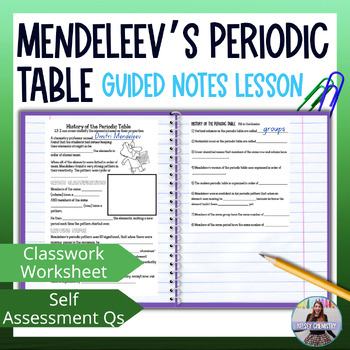
History of Mendeleev's Periodic Table Guided Notes Lesson and Practice Worksheet
This lesson teaches the history of the Periodic Table focusing on Dmitri Mendeleev. The slides explain that the periodic table was first created by Mendeleev by finding patterns in the properties of the elements. The pattern he found was so strong and distinctive that he left spaces for elements he assumed hadn't been discovered yet. And he was right! Download the preview file to get a look! WHO IS IT FOR?This lesson is perfect for a first year high school chemistry class, or physical science
Subjects:
Grades:
9th - 12th
Showing 1-24 of 694 results

